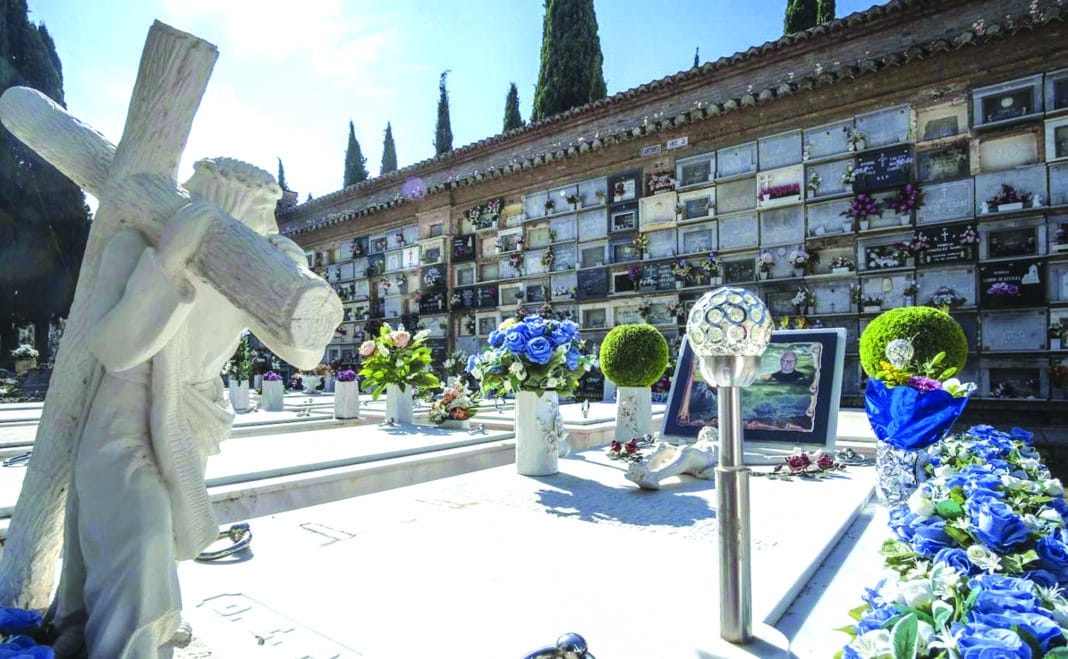After years of demands, appeals, and protests from coastal residents, the Orihuela City Council has finally announced that it is looking for a suitable plot to build a cemetery on the Orihuela Costa. When established this would become the ninth cemetery in the municipality, the largest in the Valencian Community.
Much of the population, with over 30,000 people registered, is on the coastal strip. However, the lack of a cemetery forces these residents to bury their loved ones miles away. The one urban cemetery that coastal residents have access to, which is parochial, is in the city, 35 kilometres from the Orihuela Costa. The closest cemetery, within the municipality, is Torremendo, almost 20 kilometres away.

For this reason, many residents of the Orihuela Costa urbanisations must bury their relatives in cemeteries in nearby towns, such as Torrevieja, Pilar de la Horadada, San Miguel de Salinas or Los Montesinos.
However, their cemeteries are now closed to non-residents and they do not usually accept burials of deceased who were not registered in those municipalities. A situation that has been complicated by the covid-19 pandemic, due to the greater number of deaths.
See also: No place to die
The residents of the Oriolano coast have long been demanding the construction of a cemetery, so the consistory has now said that it plans the construction of a cemetery on the coast.
At the end of last year, the Health authority wrote to the Town Planning and Heritage councils about the problem due to the lack of a cemetery in Orihuela Costa and, as such, they are now responsible in finding suitable land for its construction. Not an easy task since the plots must comply with the strict regulations on mortuary matters.
The City Council says that it is now actively looking for the best location from the municipal plots it has on the coast. The main problem is that many of these sites, those that meet the characteristics to be able to accommodate a cemetery, are close to homes, and the City Council is aware that this could create rejection among residents.
The land to locate the cemetery must have many special characteristics; it must be of an appropriate, and quite considerable size, not only to accommodate the graves that are estimated necessary for the cemetery, but also to have the anticipation of its expansion during the 25 years following its construction, as established by the regulations.
Another handicap would be its financing. It is a project that involves a major investment that is currently difficult for the Orihuela city council, that is still carrying over its budget from 2018.
But it is a necessary investment for an area with almost 30,000 registered residents and between 15,000 and 20,000 residents who reside without being included in the official figures.
In addition, the coastal population is becoming larger, more stable and older. A large number are European residents who, although a few are repatriated when they die, the relatives of the majority want to bury their loved ones near to the place where they have decided to spend their final years.
The Orihuela Costa CLARO party explains that many residents end up opting for cremation against the will of the deceased, due to the difficulty of finding a niche in a cemetery that is close by.
One possibility that could be considered would be an agreement with the Torrevieja City Council for the planned expansion of its cemetery, whereby the two municipalities could offer a joint service, with plots reserved for residents of the Orihuela Costa. This is a proposal that municipal sources say has not yet been raised, but one that they would certainly consider.





